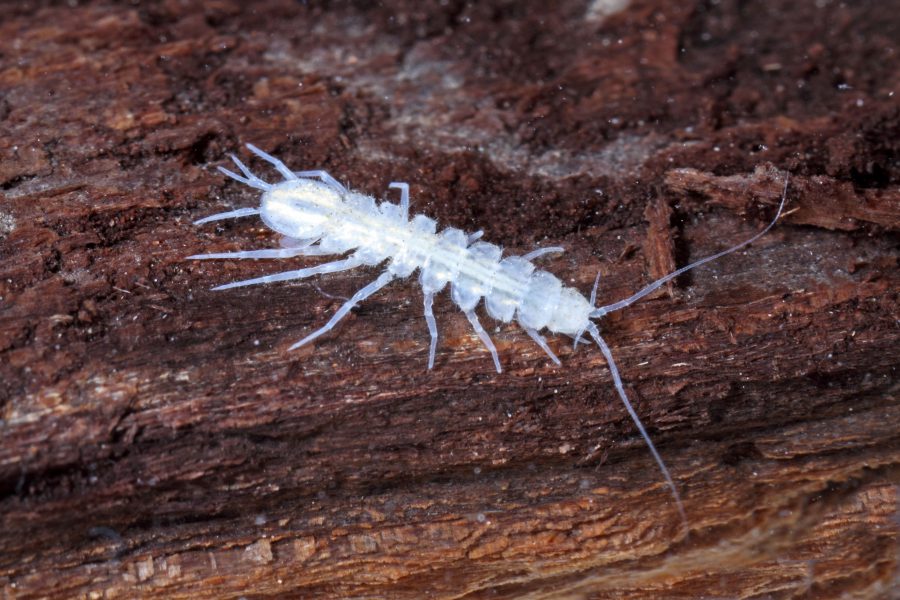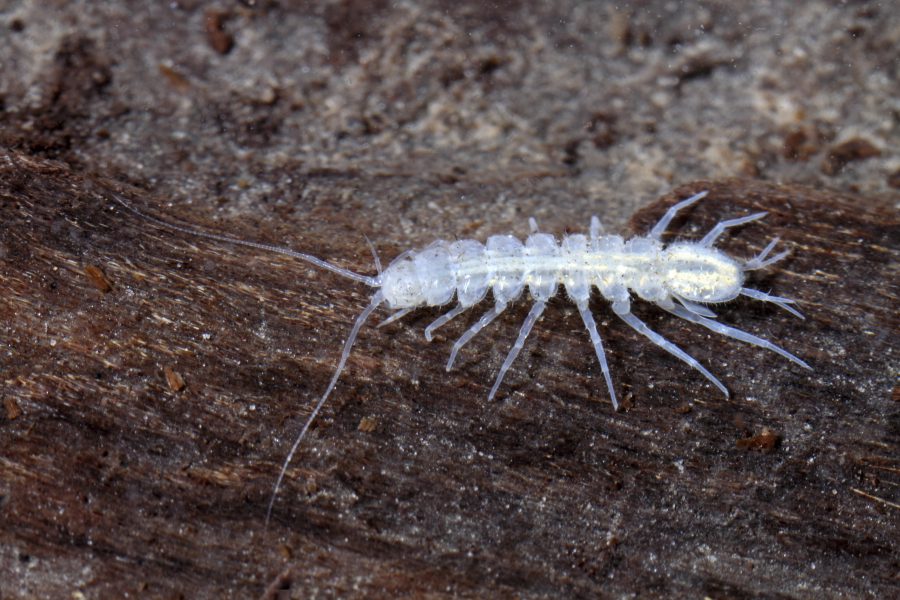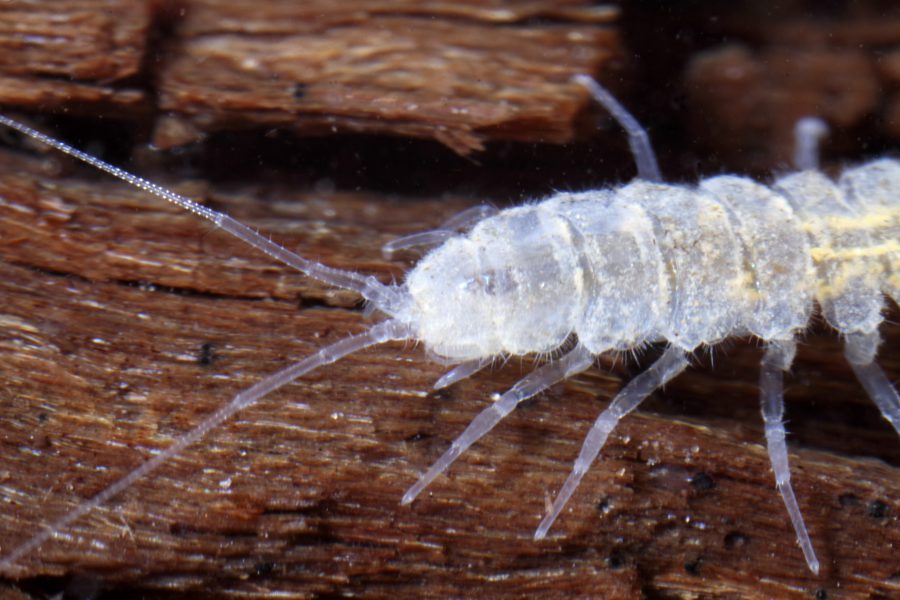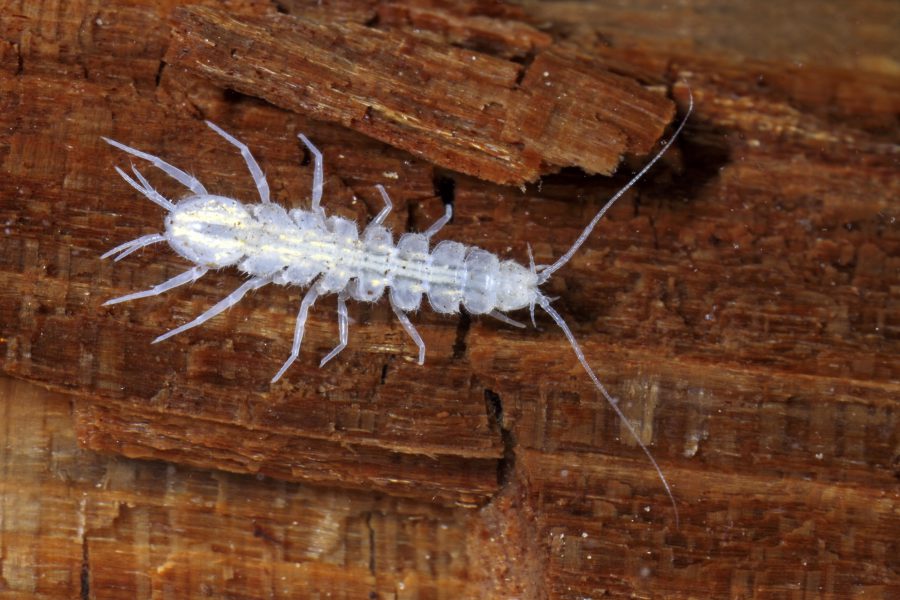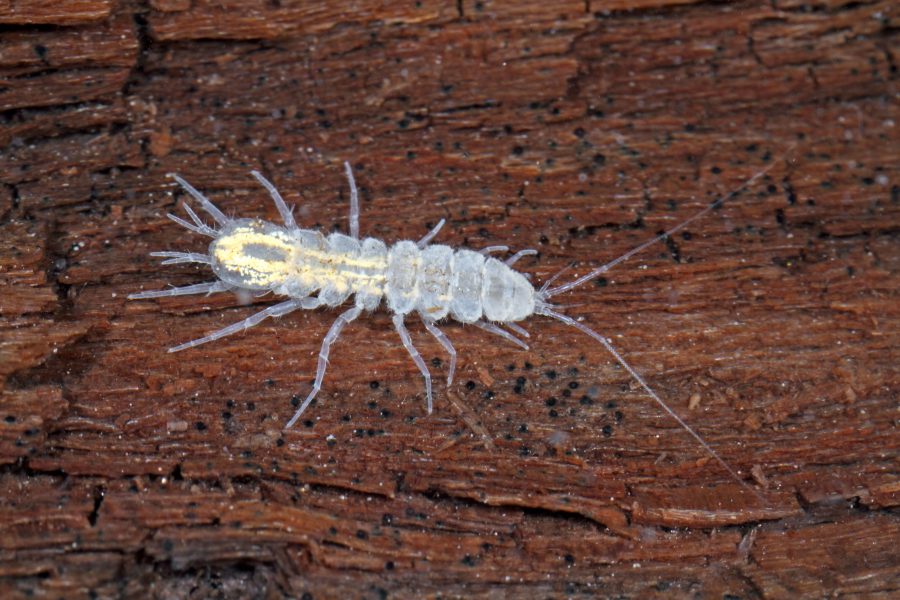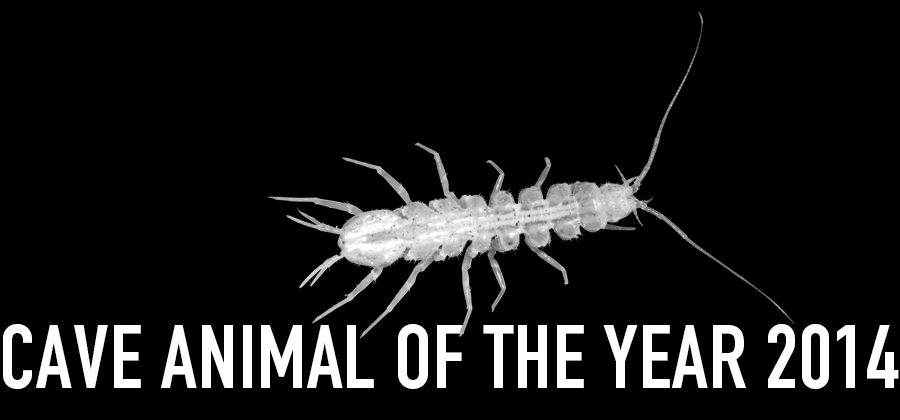
Cave Aselid - Cave Animal of the Year 2014
Introduction
The Cave Asellid (Proasellus cavaticus) belongs to the class of crustacees. It was first described in 1871 by the German zoologist Franz von Leydig. The animals are living in cave waters, wells and the ground water all year long. They are also found in springs, but only rarely. Like many "true" cave animals, Proasellus cavaticus is blind and unpigmented. The fact, that the Cave Asellid cannot survive outside of its subterranean habitat, is the reason, why this species has been chosen as the Cave Animal of the Year 2014. The Cave Asellid represents a large number of species, which are depending on a intact ecosystem in subterranean waters. More than 60 percent of the roughly 170 species of European freshwater isopods are living exclusively in ground water. The Verband der deutschen Höhlen- und Karstforscher e.V. (German Speleological Society) has chosen the Cave Animal of the Year to point out the immense deficiencies in the research of subterranean ecosystems and their associated faunas.
Description
The Cave Asellids are true inhabitants of the ground water and are living exclusively in fresh water. They are found in caves, mines, wells and rarely as single individuals in springs. together with the ground water, they are pumped into the water supply, where they are caught by the filtering systems. These isopods prefer constant low temperatures. Their food consists predominantly of organic material. The Cave Asellid reaches a size of 8 mm, with the male being usually somewhat smaller. Their main predators are the cave amphipods of the genus Niphargus, which are living in the ground water as well.
Distribution
Records of the Cave Asellid are known from Germany, Austria, Belgium, Great Britain, Czech Republic, France, Switzerland and the Netherlands. The species occurs widespread, although the number of records are rather low. This is due to the fact that only few nation- or area-wide zoological surveys of the ground water exist. In Northern and Central Germany, Proasellus cavaticus is the only cave asellid recorded, while in Southern Germany further species of this genus are found in the ground water.
